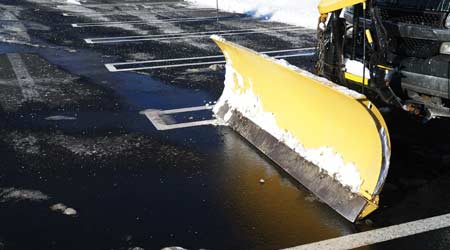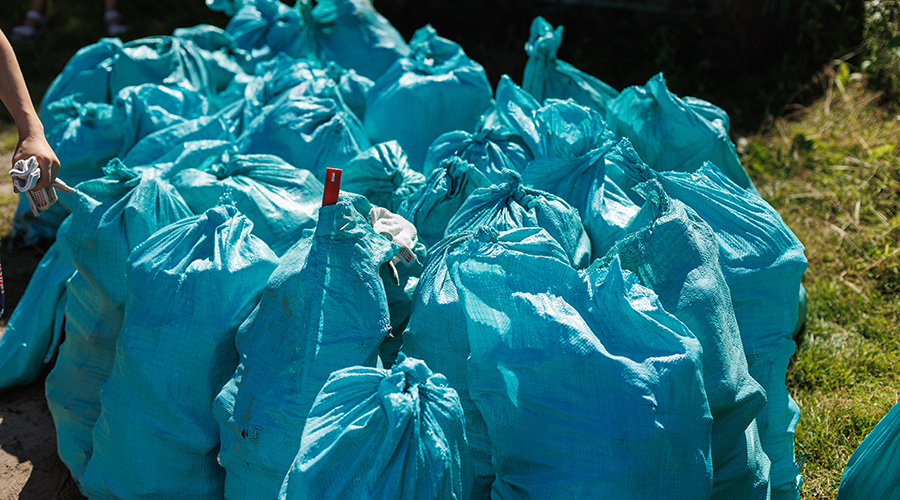 Combatting snow and ice management often involves a combination of sustainable anti-icing pretreatment and smart equipment deployment
Combatting snow and ice management often involves a combination of sustainable anti-icing pretreatment and smart equipment deploymentSnow and Ice Strategies: Assessing Needs and Resources
Focusing on bond prevention, using deicer chemicals and implementing best practices can keep surfaces clear
Most grounds managers approach snow and ice management by first considering which product to use, as opposed to reviewing the tools, knowledge and resources they can combine that will tackle whatever nature throws at them and will meet the expectations of the building owners, occupants and visitors.
For sites that do not mandate an extremely low tolerance of snow and ice on paved surfaces, chloride-based deicers still might be the most sustainable financially and environmentally — if a prevention strategy is in place and managed well.
For sites that require very low tolerances, are sodium- or chloride-sensitive, or are concerned with corrosivity of specific metals, non-chloride deicers are available, though generally at a higher cost. The goal is to refine a process that minimizes the impact on the environment and infrastructure while still meeting the realistic limitations of budgets.
Deicers commonly used around facilities can include calcium chloride, calcium magnesium acetate, magnesium chloride, potassium acetate, potassium chloride, potassium formate, sodium acetate, sodium chloride, sodium formate, potassium chloride, and glycol-based deicers. Each deicer has advantages and unique characteristics.
Chloride-based deicers tend to be relatively affordable and understood, but they can impact water quality, vegetation and infrastructure, especially when overapplied.
Acetates and formates may mitigate certain environmental/infrastructure impacts, but less information is available from non-supplier sources, and they can be considerably more expensive. Acetates also pose their own unique set of environmental consequences, particularly related to non-point source runoff pollution to water bodies with known sensitivity to algal blooms.
Certain deicers in various forms might absorb moisture until they go into solution, which can present challenges for storage and might create more slippery conditions if weather variables do not align with product use.
Approaching snow and ice management from a sustainable paradigm is more complex than finding a perfect chemical or silver bullet. Grounds managers who start with a broad review of current policies and snow-response plans are likely to unearth areas of their operations where they can make important improvements.
Brian Birch is the chief operating officer of the Snow & Ice Management Association, www.sima.org, which offers information and resources on training and best practices for anti-icing and snow management.
Related Topics:















